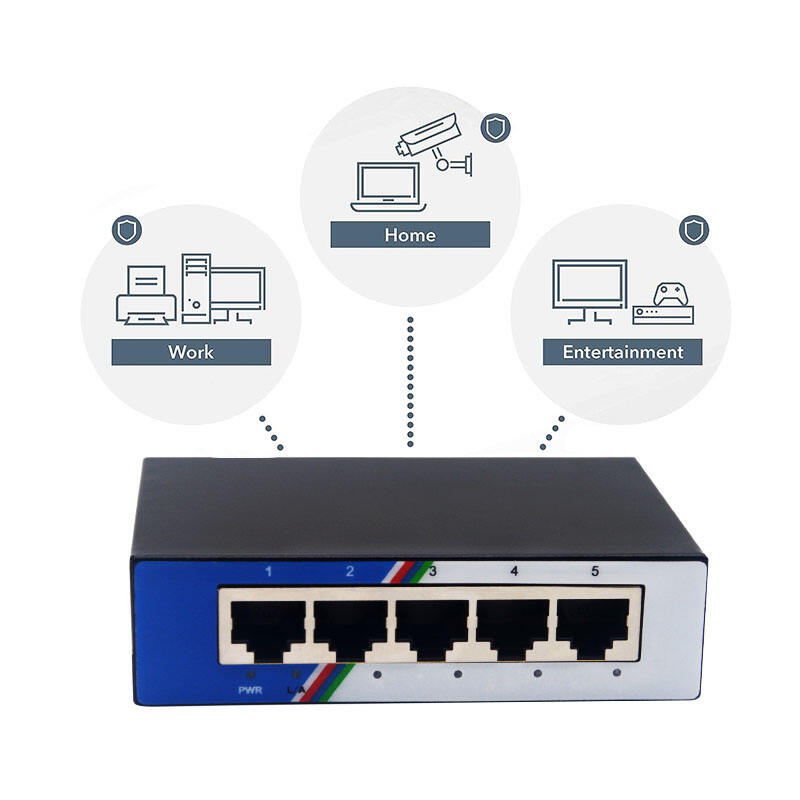
An 8-port switch is a networking device that offers eight ports for connection which is the best fit for Small and Medium Enterprises (SMEs). In a small office environment, an 8-port switch is helpful in connecting multiple workstations, a printer, and an IP phone to the local area network (LAN). It also allows for the easy and cost-effective expansion of the network by adding more workstations. An 8-port network switch can be either managed or unmanaged. A managed 8-ports switches comes with additional capabilities such as VLAN configuration, port-based security, and QoS. This allows for enhanced network management in a small office setting. On the contrary, unmanged 8-ports switches are usually basic plug-and-play devices that require no setup making them perfect for straightforward networking connectivity requirements.
